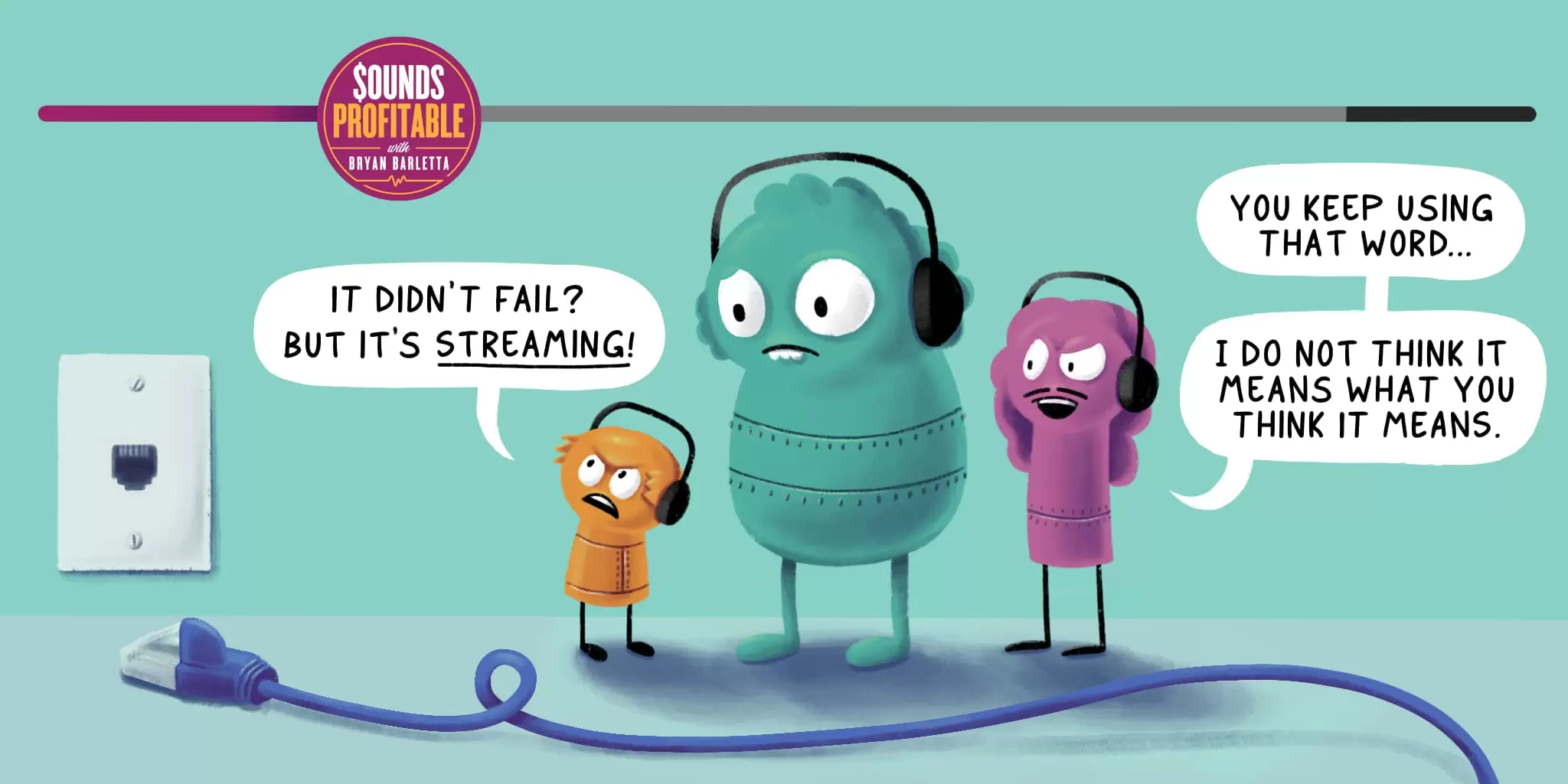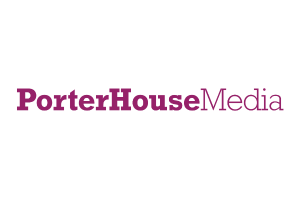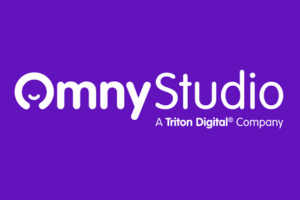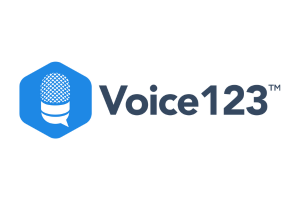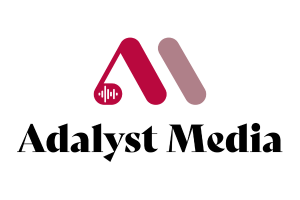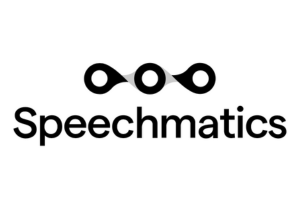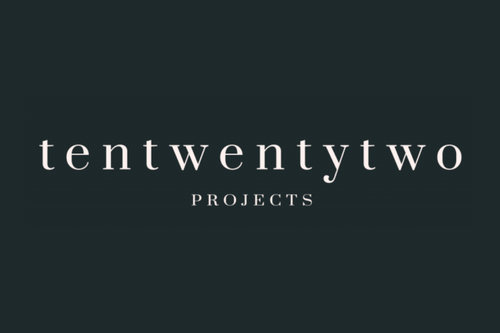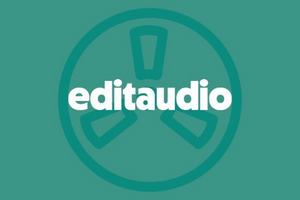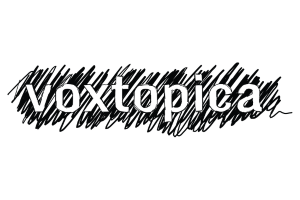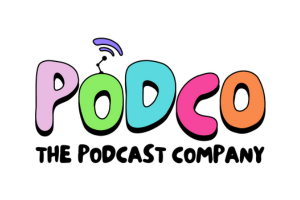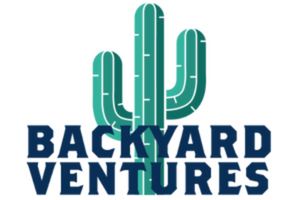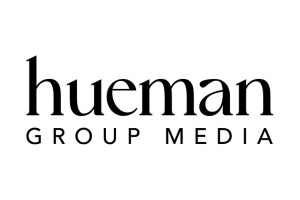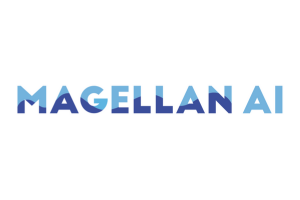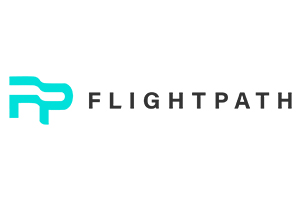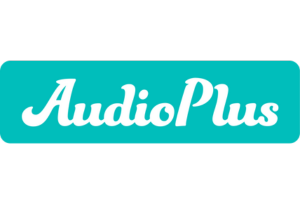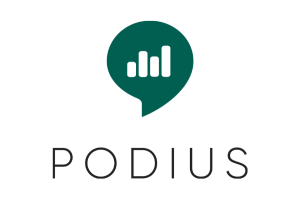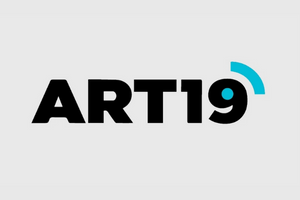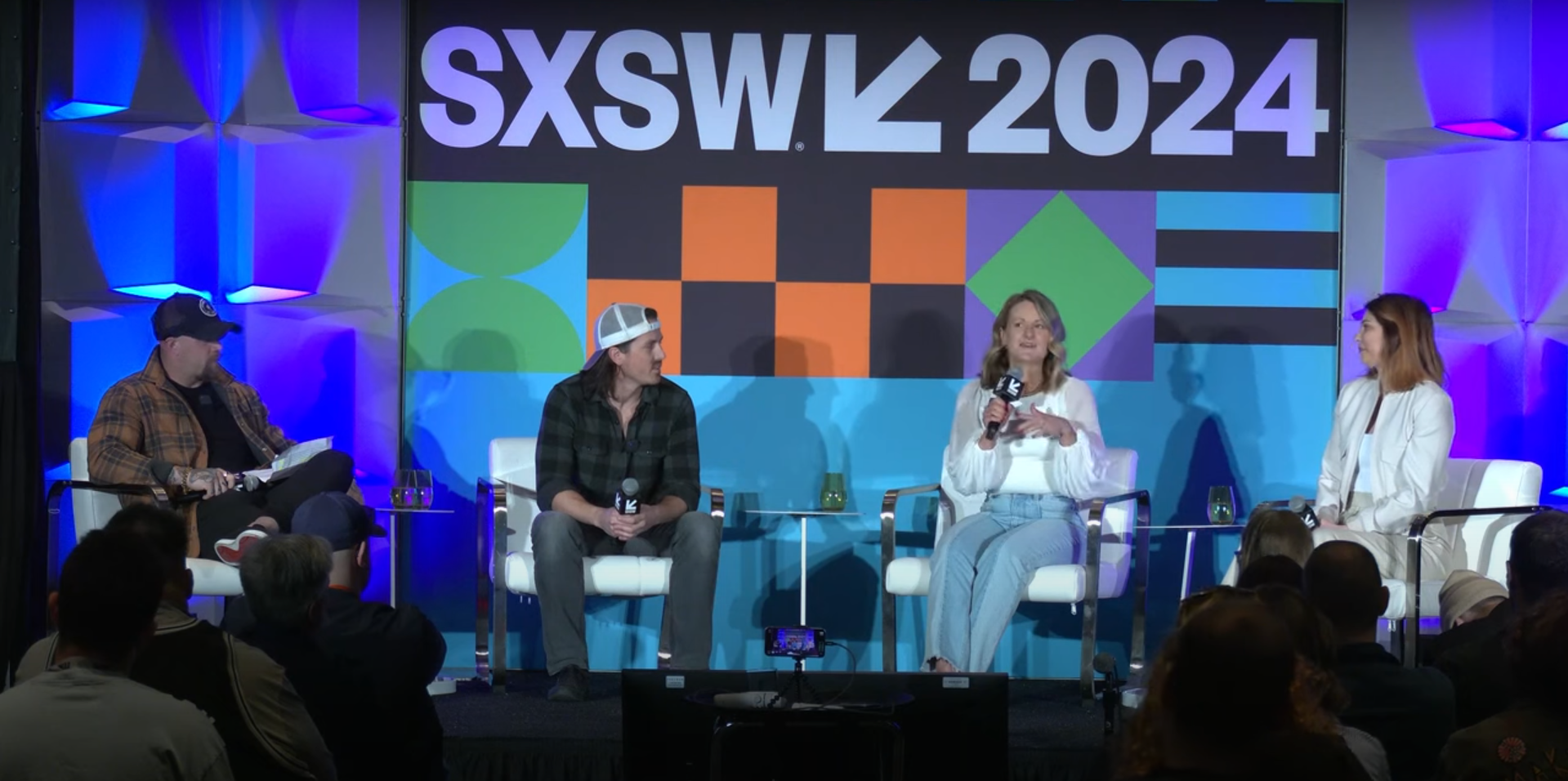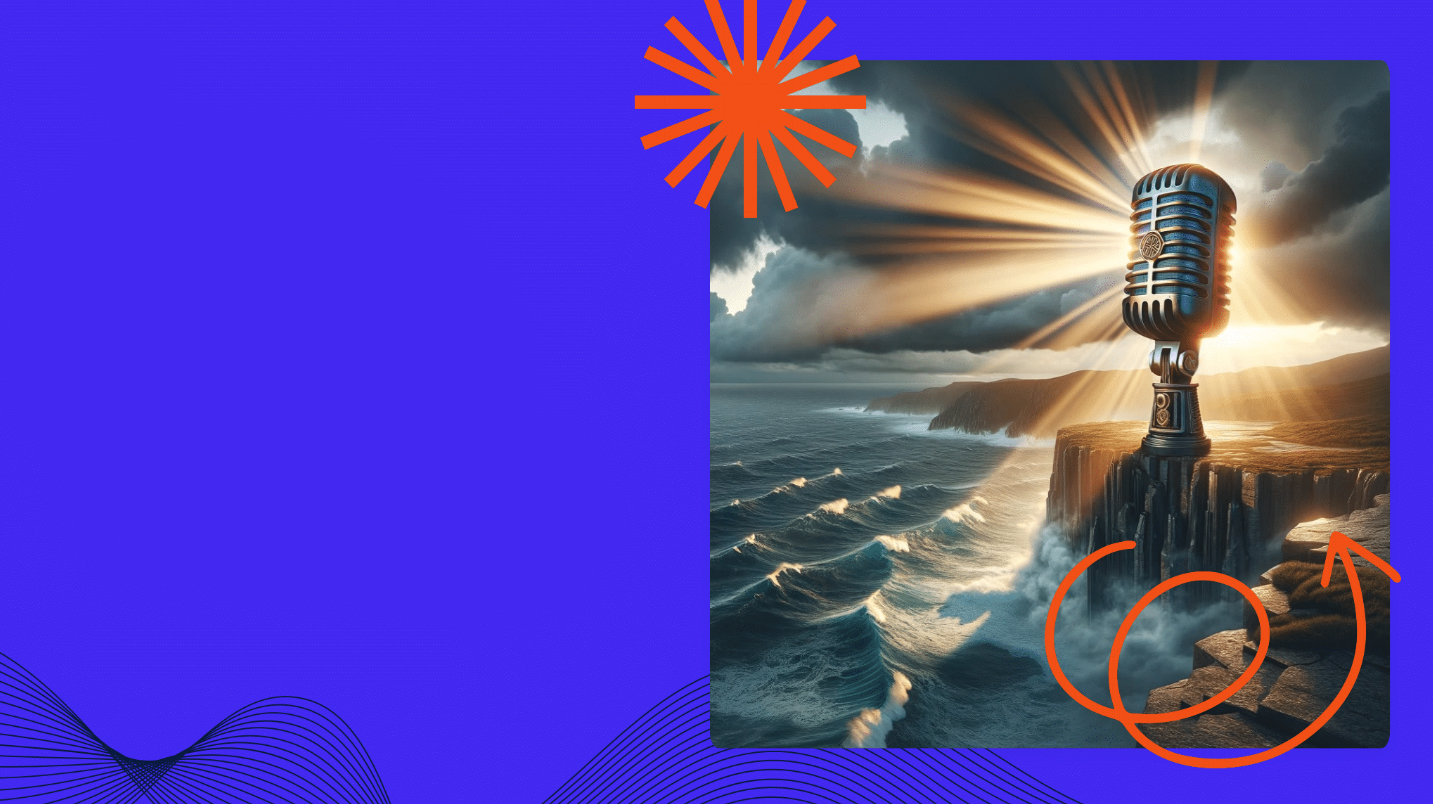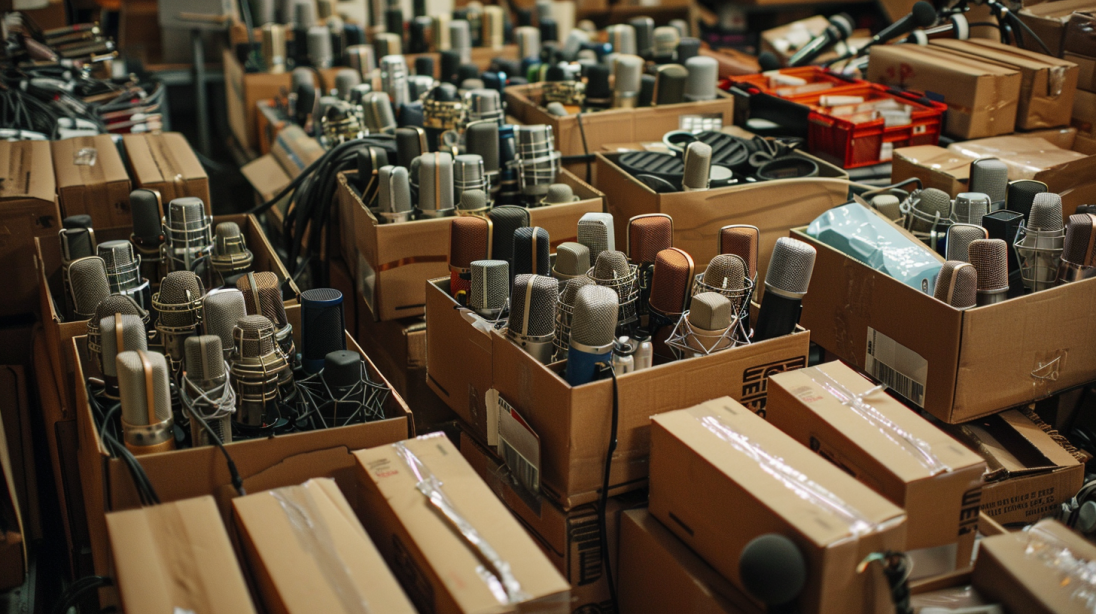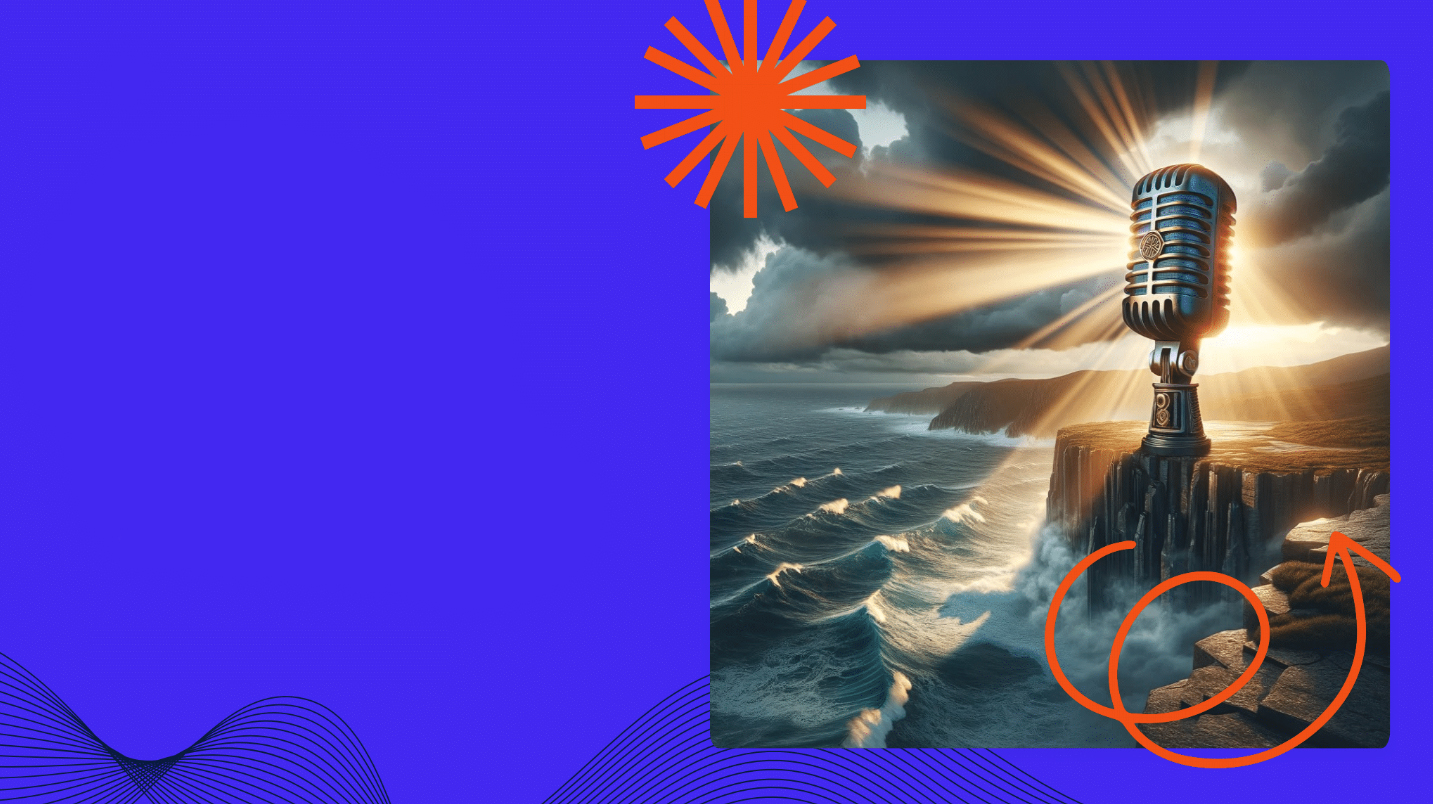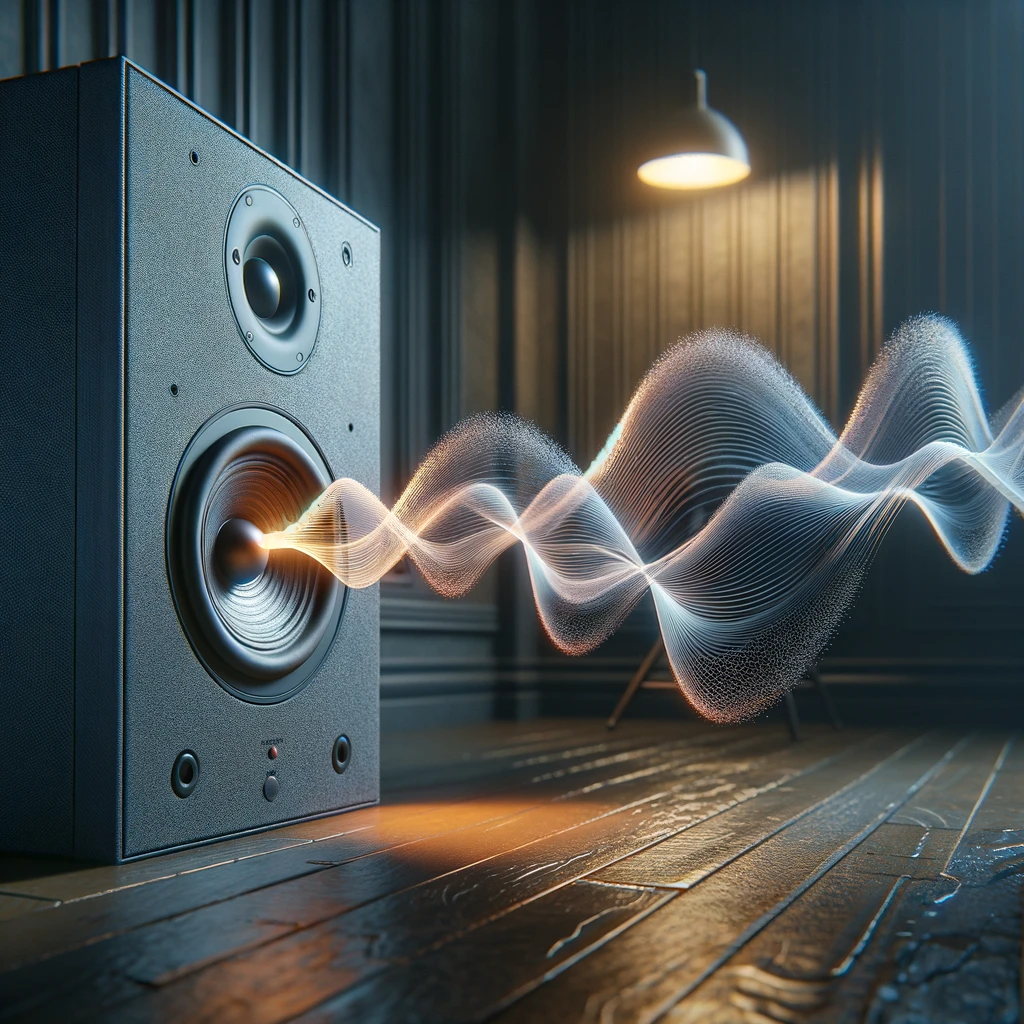Join Benjamin Masse, Global Managing Director, Strategy & Market Development at Triton Digital on this week’s episode of the Sounds Profitable podcast, where we dig into the finer details of programmatic advertising.
Introduction
”You keep using that word. I do not think it means what you think it means.” – Inigo Montoya, The Princess Bride
If The Princess Bride was a story about podcast adtech, we’d be replacing inconceivable with streaming.
Who doesn’t love streaming? The idea of the media being fed to the consumer in real-time, allowing the technology provider to interact with them at their time of consumption. In our world of podcasting, regardless of how great our data compared to terrestrial radio, television, out of home, and even social media influencer marketing; download is treated like a dirty word.
An alternative to the entire episode being downloaded to the listeners’ device with no visibility to where they listened to and when in the episode is super attractive.
For a moment last week, there was a misunderstanding that Apple Podcasts would stop auto-downloading content for subscribers followers of a show. In between the concerns about download numbers changing was this spark of a thought that started floating around: all major podcast apps would now be streaming instead of downloading, bringing us one step closer to actually measuring listens.
But unfortunately, this blinding desire we have to get more data in podcasting before we’ve even pushed what we have to the limits has left us with a false assumption.
Last week I ran a series of tests myself to explain the concepts around streaming content, streaming ad insertion, buffering, and progressive downloads. It’s a bit of a story, but my goal is to take this often confusing concept and make it more digestible.
Buffering…
Unless the content you’re consuming is being broadcast live, whatever you’re consuming is being buffered. Because if it wasn’t, a drop in your download speed or connection could result in you having to wait for the content to continue playing, and that’s a bad user experience.
You’ve probably had the all-to-familiar experience of losing internet connection while watching Netflix. You look up from your phone and tell your partner that the internet is out, and they respond by pointing to the TV where Netflix is still playing. Two minutes later, the video stops and Netflix tells you that it’s lost internet connection.
Without buffering, the second the internet disconnected, the video stream would have stopped. And while that’s an extreme example, consider that the same thing would happen if someone started playing online video games on the same network and Netflix got bumped from priority for a few seconds. Think of that buffer like the skip protection that kept our CD’s playing music even while we were jogging.
According to their site, “Netflix is a streaming service”. And while it does offer the ability for you to download media for offline viewing, that’s not the primary use we think of with it.
So I ran a test.
I clicked play on the first show Netflix served up for me, Sweet Magnolias, with a runtime of 53:18. I let it play for just 30 seconds, and then I switched my phone to airplane mode.
Netflix continued to play for an additional two minutes before the connection failed.
That’s, give or take, about 10MB of content downloaded from 30 seconds total of playing the video.
Streaming Ad Insertion
Spotify SAI (Streaming Ad Insertion) gets a lot of attention. Spotify, like Netflix, is a streaming media platform. But the thing we need to really focus on here is that SAI is an app-based adserving platform.
What I mean by that is that Spotify accesses the podcast audio file in the same way that any other podcast app does, but they have a way to identify where the ad markers are in the episode. When the listener hits those ad markers, the app says “I’ve got this” and makes a live call to their adserver for an ad, which then stitches the ad to the content in real-time.
Today, this only works on their originals hosted on Megaphone, but Spotify is bullish on expanding that in the future to podcasts they don’t own, as long as they host with Megaphone and likely Anchor in the long run.
You can see this in action if you press play on an episode of Joe Rogan, which has SAI at around the 10-second mark. If you load the Spotify player full screen on your phone, you’ll see the UI change. Instead of the episode info scrolling across the player, you’ll see the ad information there. The time of the episode changes fully to the time of the ad as well.
In my tests, I found two ads in this preroll spot on most of the JRE episodes, so it’ll give you a good idea of how SAI works.
Another great test to run on your phone is to start the episode of JRE and then turn on airplane mode at the 9-second mark. The app will tell you you’re not connected to the internet, no ad will play, and the entire episode playback will stop.
This truly is streaming ad insertion, but it is fully limited to any podcast for which Spotify can identify the ad markers, and only plays inside the Spotify app. Nothing about the podcast episode itself is actually streaming in this scenario, only their ad playback. Just like with the Netflix example, Spotify is downloading/caching the content of the episode as fast as they can, they just set their app to take over the full experience when they hit that ad marker.
And while that’s amazing accuracy-wise for ads, it sucks out loud for the listener experience. If you make it to one of those SAI markers and your internet isn’t strong enough to successfully make the ad call, the episode just stops. You’re not even able to listen to the previously cached parts of the episode you’ve already experienced until you get your connection back.
There’s nothing stopping Apple, Google, Amazon, and other podcast players from replicating this with any hosting platform. Ideally, this becomes a framework that all the hosting platforms agree on and unify around, allowing any podcast player the ability to serve ads for the publisher in this fashion.
But unless there’s some big awakening on the parts of those podcast players where they all work together to help the publishers make the entire inventory available in this format, the publisher now has to manage four streaming ad insertion platforms and one dynamic ad insertion platform to fully sell their inventory. And that opens up a further can of worms that we’ll dig into at a future point.
Progressive Downloading
The IAB states that a podcast download has occurred when 1 minute of the episode’s audio has been downloaded to the listener’s device. It also states that a downloaded impression has occurred when the portion of the episode that includes the ad has been downloaded to the listener’s device.
Well, dear reader, I opened everyone’s favorite streaming podcast app, Spotify, pressed play on an episode of the Bill Simmons Podcast. At the 1-second mark of it playing, I flipped on airplane mode. Yes, one single second before denying my phone access to the internet, wifi and cellular. Guess what happened?
The podcast continued to play for another 1:30.
In my test, it did not appear that The Bill Simmons Podcast had SAI at all. The episode I listened to had host-read ads that were either baked-in or dynamically inserted. So, let’s run through the type of stats that would have produced:
If the content was baked-in, Megaphone—media host for the Bill Simmons Podcast—wouldn’t have any way to know which portion was ad-content or not. So that 1-second play would have resulted in one IAB certified download for the episode. And since there’s absolutely no way to tell where the ads are in the episode for baked-in, that one IAB certified download would have likely been used to show that every single ad in the entire two-hour-long episode should be counted.
If the ads were served by DAI, it gets a bit more interesting. The last preroll ad for the show ends at around 1:40, so while this experiment wouldn’t count as an IAB certified download for the episode, it would count as three IAB certified downloaded impressions, the fourth one not counted because it ended 10s longer than I had downloaded.
This isn’t unique to Spotify.
This will happen on basically any podcast player because the idea of truly playing the episode in real-time, where the slightest hiccup could result in the user having to wait to reconnect, would have the listener searching for a new podcast app. Every podcast player that cares about the listeners’ experience actively buffers.
Here are some examples of what was downloaded from the tests I ran. To be clear, at the end of the time played, I switched my phone to airplane mode:
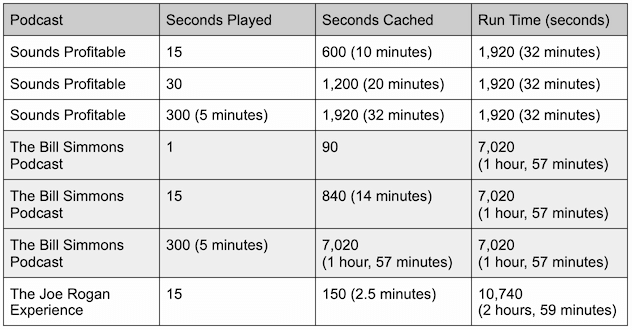
Based on these tests, if you started up JRE and you decided you no longer wanted to listen to the episode when the first ad started playing at the 10-second mark, Spotify’s server would have already sent more than a minute of the episode to your app, resulting in an IAB download certified download of the episode.
All of these tests were run on wifi, so I switched over to my very poor cell connection from my home and tested once more. 1 second of playtime with another episode from The Bill Simmons Podcast resulted in 45 seconds downloaded in total. But keep in mind that it took real focused effort to end the episode that quickly.
The only thing we learn accuracy-wise with streaming in podcasting is whether or not Spotify put the ad in front of the listener in real-time. We gain no better knowledge of their actual listening experience of the episode, only their ad experience.
Wrapping It Up
We need to re-educate the space on what we mean when we say streaming.
When we say streaming, what we really mean is Listener-Initiated Downloads.
When we say downloads, what we typically mean is Player-Initiated Downloads like we’re seeing with Apple Podcasts auto-download feature for subscribers followers or the infrequent times when a listener manually downloads the episode.
Internet connections are so good right now and podcast files are so small that, even for three-hour shows, podcast players are able to progressively download the entire episode in somewhere between one and five minutes.
One second of play is enough to download 90 seconds of an episode, which means we’re definitely not streaming in real-time and the dropoff of the listener before they make it to the 1-minute mark is unlikely to be something we could easily detect, without the apps providing information to the hosting platforms.
The reason this confusion exists is because there’s no obligation for any of these podcast players to take an active role in the IAB Techlab, which is our only podcast adtech organization. Even when they are active, there’s no penalty for them to not adhere to requests from the IAB Techlab. Just look at the workaround they had to create to properly handle the duplicate counting of Apple Podcasts on watchOS.
It is in each of these podcast players’ best interests to remain an island. But it is detrimental to the rest of us and causes division.
Until a majority of hosting platforms and publishers come together and demand more from these companies—who are doing very well off of the media they create and make available, there’s little recourse.
The only reason we don’t have actual streaming statistics and listening stats is because the podcast players are under no obligation to share any of the data they collect from listeners enjoying the content made by publishers and hosted by their providers.
If we want better statistics, it’s time to demand the podcast players provide better data. And not just in their isolated portal.
Special thanks to Andrew Kuklewicz, CTO at PRX for assisting with this piece.
Homework – with Yappa
Podcast adtech excites me on its own almost as much as teaching others about it does. This space is absolutely accessible to anyone who wants to learn, and it’s important to me not only to share my knowledge with you but to help you experiment as well.
Streaming vs dynamic ad insertion isn’t going to fade away just because I wrote this article, so let’s equip you with a way to show people that streaming doesn’t exist in podcast advertising, it only exists in app based advertising.
Here’s how you can play along at home. Anytime this week, do the following
- Using Spotify, especially if it’s not your podcast player of choice, play any episode of the Sounds Profitable podcast
- Listen for two minutes—and only two minutes—and stop
- The next day, come back to Spotify and finish playing the rest of the episode of Sounds Profitable’s podcast, listening all the way to the end.
No, this isn’t a shameless attempt to boost my metrics on Spotify. What should happen is this:
If you started the experiment on Monday and then finished listening on Tuesday, for example; you should hear me say “I hope you enjoy the rest of your Monday” at the end. That’s because two minutes should be long enough for Spotify to have served the entire media to you, even though the latest episode clocks in at 27 minutes.
If the day I mention at the end doesn’t match the day you started listening, I want to hear about it. Click the Yappa image below and let me know!
Sounds Profitable will never charge our readers to learn from us, but several individuals have asked about supporting us directly. You can find out more about our individual sponsorship at our Patreon.
New Sponsors
Support from our amazing sponsors is truly the only way that Sounds Profitable could exist. They provide me the means to stay completely independent, allowing me to fully write about all aspects of this industry without being bound to any one company.
This week I want to highlight that because of the amazing sponsors I have, Sounds Profitable was able to donate $2,000 to the Podcasting, Seriously Awards Fund. “The Fund helps independent U.S. and Canada-based audio professionals submit work to key Canada and U.S. competitions by covering submission fees for producers, editors, and other creators.”
I do not take for granted what my sponsors have enabled me to do. Not just feed, clothe, and shelter my family, but also enable me to pay amazing artists, editors, producers, guest writers, and to donate money to organizations better suited to help others than I am.
I appreciate the support of all our sponsors, so please take a look at the full list below. If I can make an introduction for you to any of the sponsors, please don’t hesitate to reach out!
If you’d like to learn more about sponsorship or advertising with us, just hit reply.
Market Insights – with ThoughtLeaders
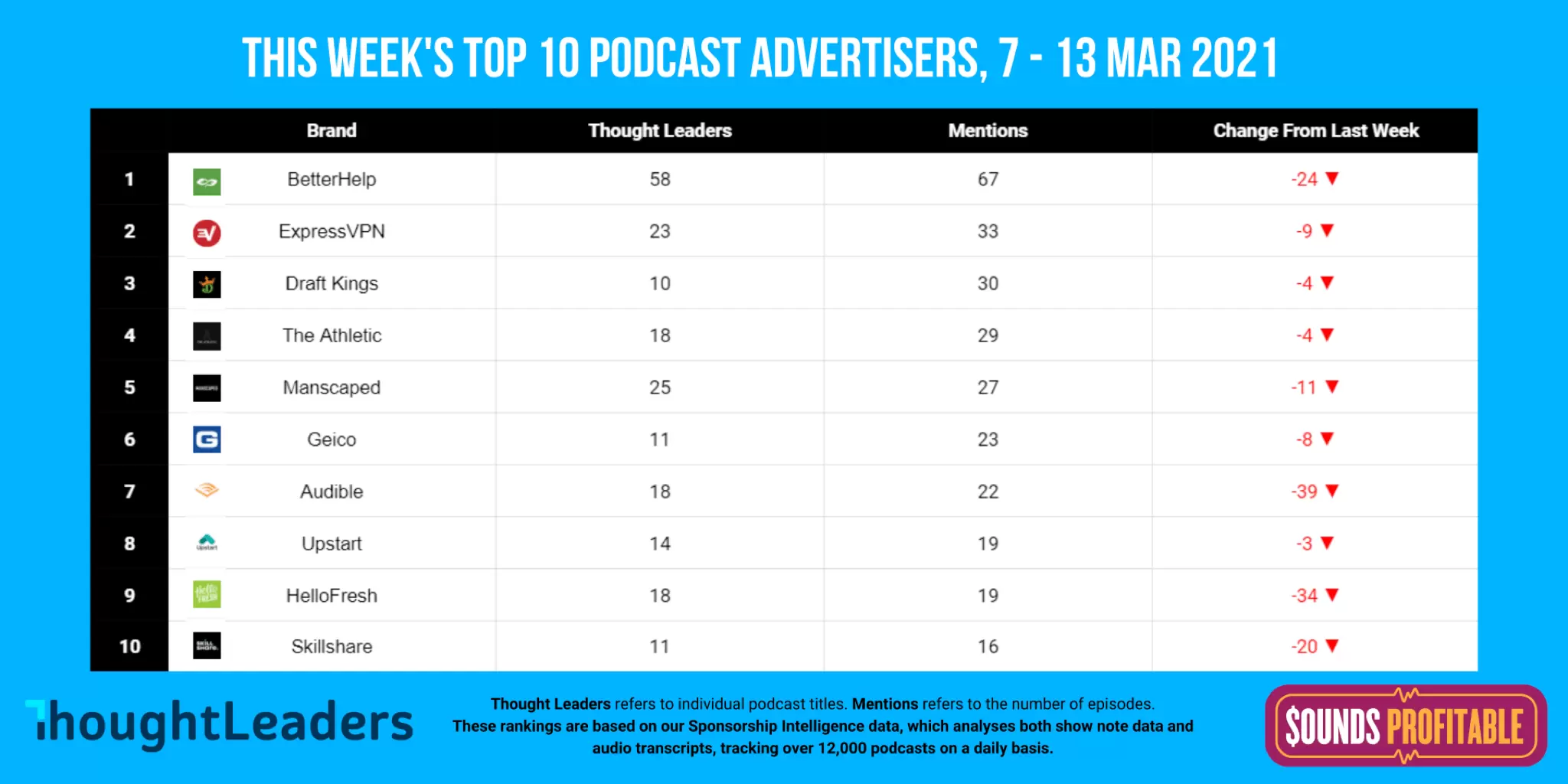
Looking at mentions might give some of you pause, but it’s always smart to remember that unlike other digital media channels, pacing works a lot differently in podcasting. We’re getting close to the end of the quarter, so campaigns are coming to an end. What this says to me is that there’s probably a lot of great inventory available for the rest of March, for those willing to put in the legwork. As always, hit reply and let me know your thoughts, or click the Yappa image above!
Product Deepdives
I’m really looking forward to this week’s product deepdive with Spreaker. This was my first time fully going hands on with the product and I think it has a ton of potential for podcasters of all sizes that are looking for a hosting and monetization platform to take the wheel on filling their unsold ad inventory. Many companies offer all the bells and whistles for publishers to tweak every little thing, but few decide a specific methodology and focus on improving just that, which Spreaker does.
To get updates on when the episode is live, sign up here, or check for the link in Thursday’s issue of Podnews.
If you missed our other product deepdives, with Podscribe and Triton Digital, you can find them on demand on our website. Definitely let us know what you think!
Things to Think About
I highly recommend all my subscribers also subscribe to Podnews. Last week, I found a few pieces of information that caught my attention.
- The Infinite Dial 2021 was last week and my too-much-ramen-the-night-before face graced the screen for a question. Download the video and slides here.
- Agnes Kozera, CEO of Podcorn joined Sam and James on Podland last week for an interview about their acquisition by Entercom.
- Podchaser puts their $4m to good use by acquiring Podcharts and Podrover.
- Acast and Omny Studio peeled back the curtain and shared stats from the past year.
- In 2017, Long Zheng of Omny Studio found a way to more accurately measure listener behavior as a podcast host, but ultimately they decided not to move forward with it. Maybe it’s time we revisit?

